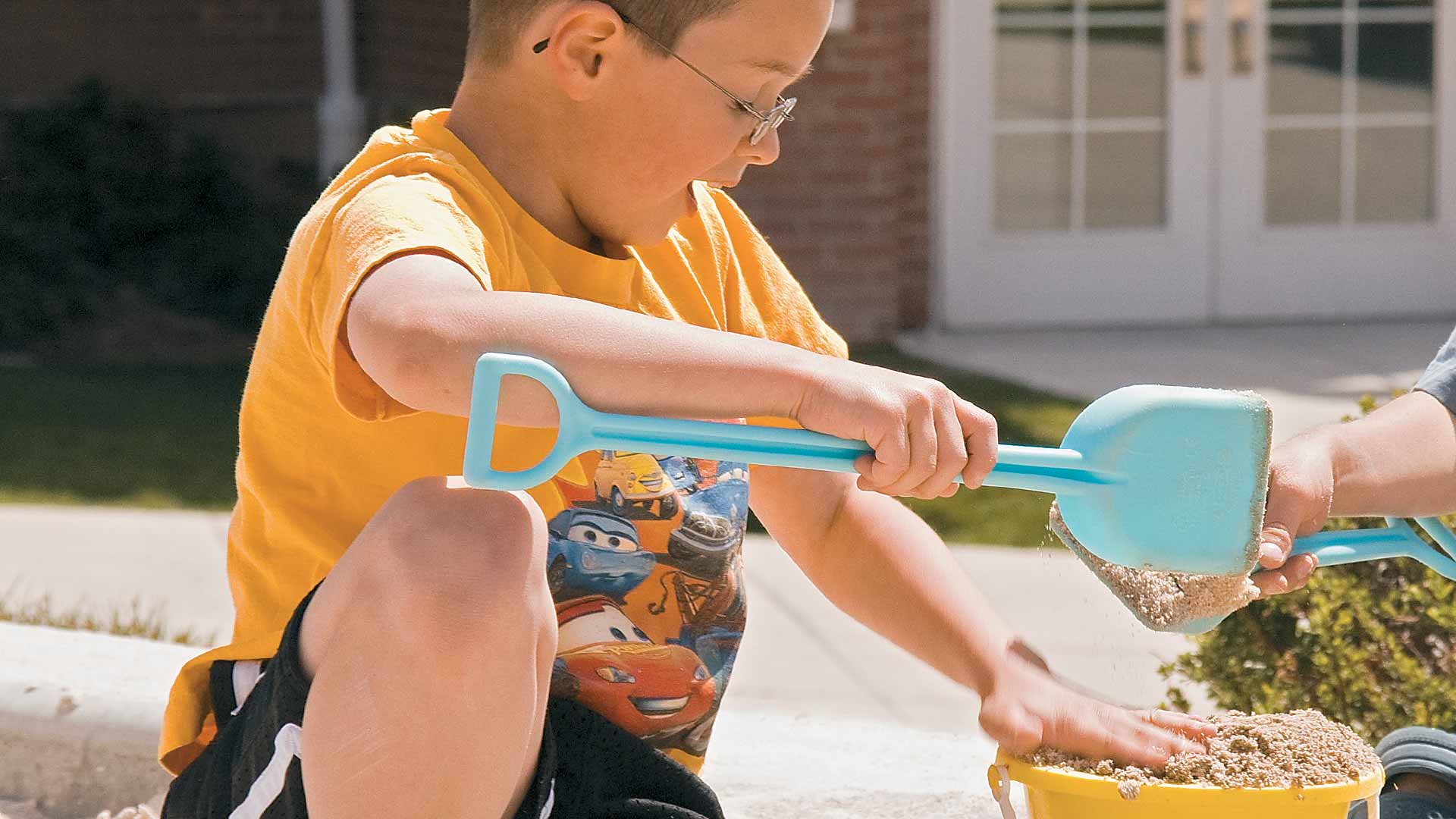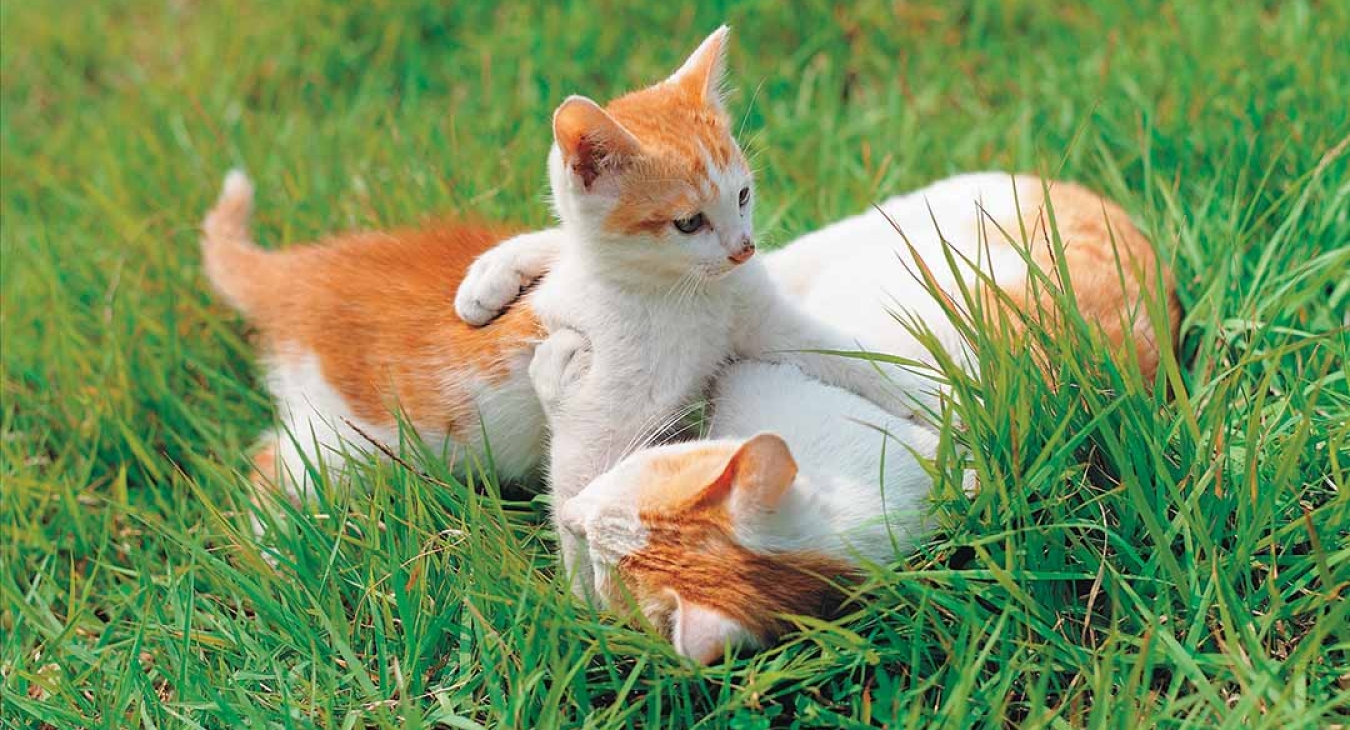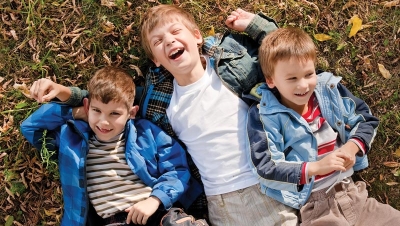During the late twentieth century, children began to lose their historic rights and opportunities for free, outdoor play, and in the span of a few decades, the adverse consequences multiplied. The flood of information from many disciplines makes it possible to specify play behavior’s contributions to overall human development, health, and well-being. Tradition and changing culture have relegated play as non-essential or at least a very elective human luxury, but these general cultural perceptions are no longer viable. The importance of play in animal and human survival, adaptation, and well-being is rapidly becoming objectified and appreciated, as are the consequences of not playing.
Join us as we examine animal and human play data supportive of the necessity for play, and link it inferentially to the consequences of play deprivation.
The importance of providing children access to authentic play experiences will be emphasized, with a focus on early play as being crucial to a full childhood and the establishment of competent adulthood.
Specific play deprivation studies in animal populations (rats) allow play to be seen as a separate and very necessary experience for their survival and reproduction. Rat play is quantifiable from all other behaviors, and can be measured or suppressed while allowing other parameters of rat development to proceed. This research has demonstrated some of the following:
- Temporary suppression of play is followed by “play rebound”—a temporary increase in play behavior. This is similar to Rapid Eye Movement Sleep (REM sleep), which also rebounds after being temporarily suppressed. These observations, which occur across species, are evidence of play being a universal physiologic phenomenon. (Panksepp Brown)
- Play suppression during crucial developmental times yields adult rats incapable of socialization, with the inability to react appropriately. They are either excessively and inappropriately aggressive (and get themselves killed) or are inhibited from joining normal social groupings. (Potegal, Einon, Siviy) Play suppression-raised rats and normal playing rats, when presented with a cat odor-saturated collar are hard-wired to flee and hide upon encountering this stimulus. The playing rats later emerge from hiding to regain normal feeding and social patterning. The non-players remain in hiding and die. (Pellis)
- Longitudinal (18-year) studies of bear play in the wild, subjected to mathematical and other rigorous statistical analyses, have demonstrated that play and long-term survival are linked causally. (Fagen and Fagen)
An anecdotal review by one of the authors of 6000 human developmental histories indicates that moderate to severe play deprivation can be associated with emotional dysregulation, i.e., increased prevalence of depression, diminished impulse control, addictive predilection, and other social and interpersonal vulnerabilities, whereas the presence of healthy play patterns appears linked to personal vitality, resilience, optimism, and well-being. This is not to say that direct causal linkages are warranted, but generalizations from animal play studies to human play behavior patterns are compelling.
Further positive evidence from the animal world of play demonstrates play behavior’s contributions to memory and learning. The presence of increased synaptogenesis (formation of synapses), increased brain size, superior performance in maze/reward simulations, and more, support the hypothesis that play contributes to optimal learning and memory in social mammals.
Anecdotal data from detailed human play histories also supports that playful learning occurs in virtually every setting and developmental epoch that fosters it.
From early parent-child interactions, to object play explorations, to early rough and tumble settings, the play demonstrates the urge to learn and explore, driven spontaneously from within. As a child matures, learning outcomes from playful classroom teachers infused with enthusiasm for their profession are high and sustained. (Meckley) The experiences of game-playing with multiple role-playing winning and losing predict good adult communal cooperative behavior. The capacity to engage in ironic humor and other adaptive play maneuvers mastered during adolescence teaches tolerance and patience and hones interpersonal skills needed for adult cooperative living. A close look at play throughout the trajectory of life reveals solid evidence that play throughout the human life cycle is associated with lifetime learning and superior adaptation.
The consequences of play deprivation are extensive and profound, ranging from developmental regression to emotional dysfunction and serious health problems, further complicated by interaction effects between such fundamental indices of well-being. Influenced by Stuart Brown’s studies of play deprivation and Texas murderers (cited above), a review by Frost and Jacobs (1995) linked play deprivation to juvenile violence, framing the roles of supportive adults and play in rearing non-violent children. Studies of preschool children in the U.S. and Zurich conclude that children who are deprived of play are aggressive, emotionally and socially repressed, fall behind in school work, and are at risk for obesity. Scientific evidence from the United States and the U.K. links play deprivation to obesity, disassociation with the outdoors, and a growing incidence of childhood rickets. Triggers for obesity begin early, perhaps en-uterine, and are linked to food volume and choices, physical activity, built environments, poverty, technology, and energy expenditure. The consequences include type 2 diabetes, high blood pressure, early symptoms of hardening of the arteries, fatty liver disease, and probably reduced life expectancy. (Deckelbaum & Williams, 2001)
Rickets, a serious bone-softening disease, is resurging in children due to lack of sunlight and lack of Vitamin D-fortified foods (McClam, 2008). These are preventable disorders.
The research examined previously in this series disclosed compelling evidence and incentives for valuing children’s play. Deprivation of play alone denies such developmental benefits as discussed there, but such loss has deeper and more complex consequences than merely failing to reap the bountiful harvests of play.
There are compounding consequences of play deprivation. For example, participant observation studies over several years by one of the authors indicate that obesity is not only a consequence but also a cause of play deprivation, resulting in negative consequences for the social, physical, and emotional well-being of children.
A case in point is the recess behavior of Tim, an obese fourth grader. Tim arrived on the playground with a bag of chips and sat on the sidelines, munching chips and watching others at play for several minutes, then wandered around briefly and unsuccessfully testing the play apparatus. He stood in line with boys and girls to play four-square and was quickly “put out.” He walked rather than ran after the missed ball, annoying his peers. He then walked toward a group of three girls and a boy playing on a large tire swing. Two of the girls held their noses as he approached but he grabbed the swing chains and started to push. The boy jumped off and told him to get away. He persisted until a larger boy walked over and made threatening gestures, then sat under a play deck and talked to an obese girl who had taken refuge there.
Such behavior of obese children is not uncommon on playgrounds. During recess, they are among the last to be chosen for games and first to be “put out.” During physical education, they make excuses for being slow to start (tying shoes, going to the bathroom, having headaches, talking to the teacher, serving as a helper, going to the office, etc.) and cleverly finding ways to miss the most active routines. Such “excuse behavior” may carry over to avoiding classroom assignments. Some engage in bullying due to their overpowering size, and others compensate for poorly developed physical skills and gain acceptance from peers by becoming helpers (e.g., holding smaller children up to overhead apparatus, acting as leaders in creative games, pushing others in swings).
In the classroom, Tim drops trash on the floor around his desk rather than walking to the trash container. When required by the teacher to clean up, he leans on his desk with one arm and picks up litter one piece at a time or sits down in the middle of the trash and places it in a sack. Tim’s behavior carries over to out-of-school contexts where he sometimes goes to a private place and sits with his head between his hands while other children are involved in group activities, revealing an apparent pattern of loneliness or hopelessness.
Remediation of progressive aberrant behavior of obese children begs the involvement of adult play leaders with well-defined skills of observation and behavior management to modify negative behavior and provide guidance at an early age. Patterns of destructive behavior evolve to greater complexity with time, injurious experience, and weight gain. Children are confined at school for most of their daylight time, so recess and playgrounds are critical factors in providing for active outdoor play, expending calories, receiving sunlight, developing cognitive, social, and physical skills, and gaining the therapeutic benefits of spontaneous play. Most schools have limited outdoor space and the traditional wilderness playgrounds (hills, streams, woodlands, etc.) of centuries past can only be approximated and rarely matched. Spaces for organized, traditional games, challenging equipment for motor skill practice, and loose or portable parts are needed in schoolyards to complement natural, organic materials.
The extrapolation of information about the consequences of play deprivation to recess play, physical education, school curricula, parental work situations, and personal lifestyle choices seems warranted. Play deprivation and its consequences are linked to high-stakes testing in schools, dissolution of school recess, threat of lawsuits for playground injuries, parental fear of strangers and environmental hazards, and abandonment of outdoor playgrounds for indoor cyber-playgrounds.
These are relatively new influences in the centuries-old history of children’s play and threaten children’s basic rights and innate needs to engage in free, spontaneous play in the out-of-doors.
References
- Brown, S. (1998). In Bekoff, M., & Byers, J. A. (Eds.). Play as an organizing principle:
- Clinical evidence and personal observations. Animal play: Evolutionary, comparative, and ecological perspectives. New York: Cambridge University Press. 243-259.
- Deckelbaum, R. J., & Williams, C. L. (2001). Childhood obesity: The health issue. Obesity. The North American Association for the Study of Obesity. 9:239-243.
- Frost, J. L., & Jacobs, P. J. (1995). Play deprivation: A factor in juvenile violence. Dimensions of early childhood. Spring, 1995.
- McClam, E. (2008). Rickets making a comeback; kids not getting enough sunlight. Retrieved March 6, 2008 from http:///wwwcanoe.ca/Health0103/29_rickets-ap.html. The Associated Press.
- Play Scotland. (2008). Play deprivation: Submission from Play Scotland. Retrieved March 8, 2008.
- Rajakumar, K. , & Thomas, S. B. (2005). Reemerging nutritional rickets: A historical perspective. Archives of Pediatrics and Adolescent Medicine. 2005; 159:335-341.
- Stuart Brown is a physician, psychiatrist, and film producer. He conducts research on both human and animal play.
- Joe L. Frost is Parker Centennial Professor Emeritus, at the University of Texas. He conducts research on children’s play and play environments.








